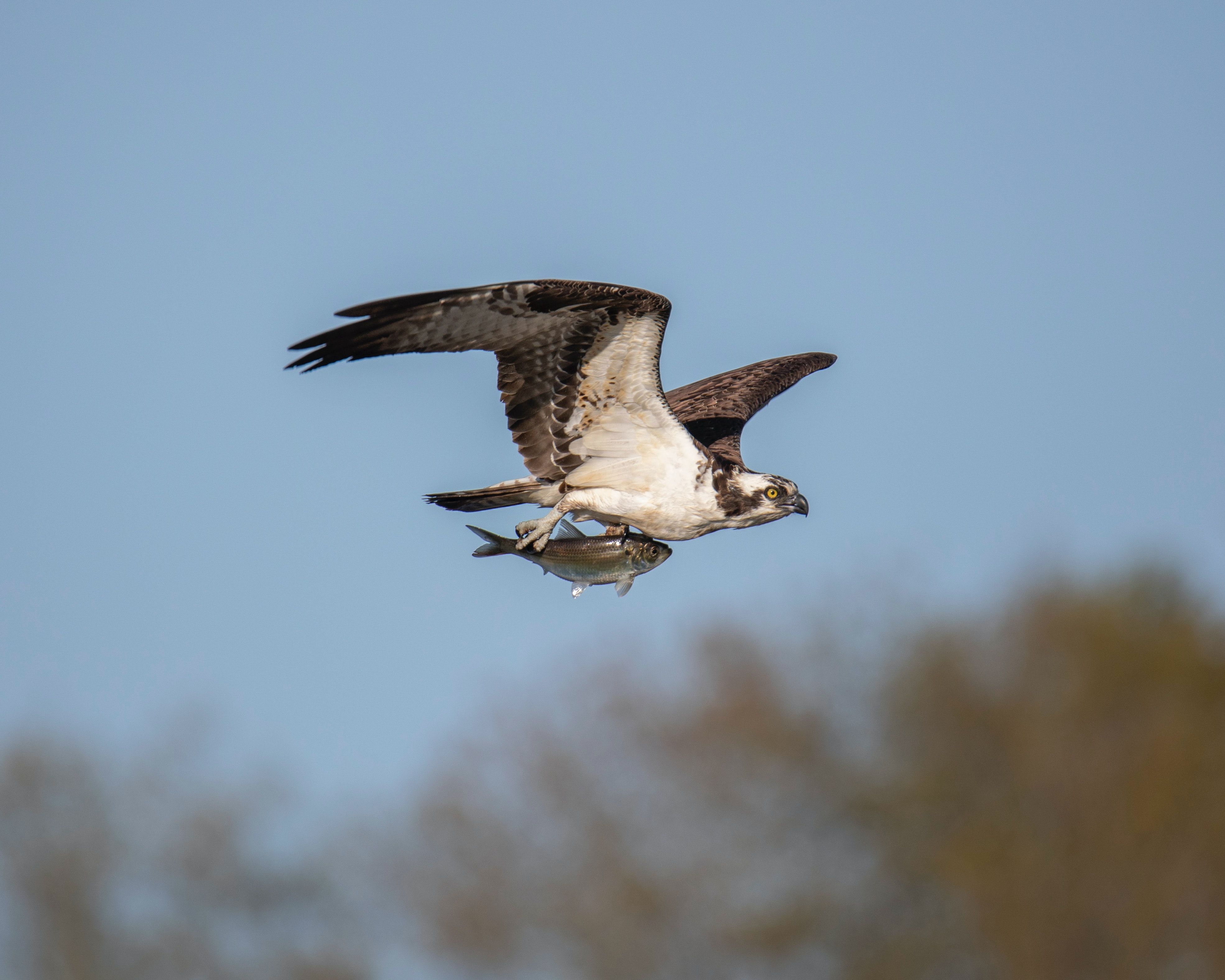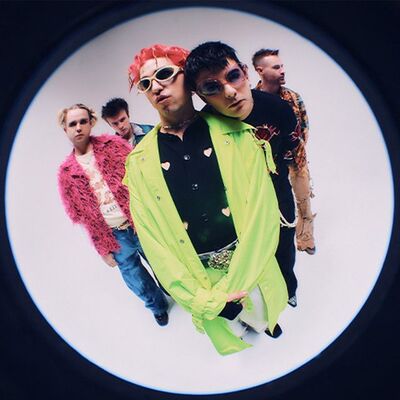The ospreys are gone. They’ve been like friends through much of the pandemic. I knew they’d head south in the fall and yet I came to dread the day they’d leave.
As it turned out the parting was no big deal: I got preoccupied with some small crisis or other, and one morning realized I hadn’t seen them for a while.
Since they can travel up to 170 miles a day, they’re probably already down in South Carolina replenishing themselves before taking off for Southern Florida.
From there it’s on to summer in South America, forsaking us in the chilly North East.
I’ve been attracted to hawks ever since my father pointed them out to me on the farm outside Wexford town.
They ruled the skies above those lush fields, swooping down on unsuspecting mice and unlucky rats.
Ospreys, though from the hawk family, only eat fish and thus live close to the sea or inland lakes and lagoon.
About 20 years ago I began to take notice of hawks again. I was then traveling the roads of America with Black 47. The journeys were long and rambunctious, punctuated by long periods of silence when you became keenly aware of the passing countryside.
The hawk is hard to miss for it tends to hover on high before swooping down on its prey.
Over the years their numbers seemed to multiply and it was a rare journey when I wouldn’t catch multiple sightings.
When I mentioned this to an amateur ornithologist he said their numbers had increased since DDT was banned in 1972, at first slowly but in leaps and bounds since the 1990s.
What an effect we humans have on all species we share the planet with; and how odd that in our own season of pandemic and pause I should become more aware of the ospreys.
This year I was hell bent on finishing a novel that I had dithered over for a long time, and thus was rising in darkness and working through the dawn.
In ways it was idyllic for I have a view of a large bay. The darkness faded early and there was an hour or two of gorgeous muted light before the sun surfaced on the horizon.
It was in that time that I first noticed the ospreys.
Occasionally I would see two of them, but after the first month more often than not it was just the one.
I took it that the female had finally laid her eggs and was guarding them while the male scouted from as high as 100 feet before diving spectacularly into the bay.
He moved so swiftly I thought he went head first into the water, but later I noticed that he pirouetted just before breaking the surface so that his talons could grab hold of the fish.
As he rose back into the sky he methodically turned the fish head first to lessen air resistance on his journey back to the nest.
At such moments I would break away from the accursed laptop and gaze out the window. Soon enough the osprey would appear from the west.
My ornithologist informed me that the chicks thrived on this diet of live sushi and can usually fly within 60 days of hatching.
Writing novels is a solitary business but never a lonely one – your head is full of characters and their ways; it throbs with the thwarted logic and inanities of the human condition until you want to cast the whole shebang away from you.
At such moments I would break away from the accursed laptop and gaze out the window. Soon enough the osprey would appear from the west.
What a majestic flyer with a wingspan approaching five feet! He could cover football fields in seconds before hovering gracefully, then plunging swiftly below the waves.
One morning in September five of them appeared, three young hawks learning to hunt under the watchful eye of the male and female. I almost cheered. They had raised three healthy offspring in the midst of our crisis.
They came every day and my spirit soared. By then I’d finished the novel. Cornell University Press will publish Rockaway Blue on March 15th 2021.
I hope that you and I and all who read this column will be hale and hearty when the ospreys return a month or so later. It’s something to look forward to.








